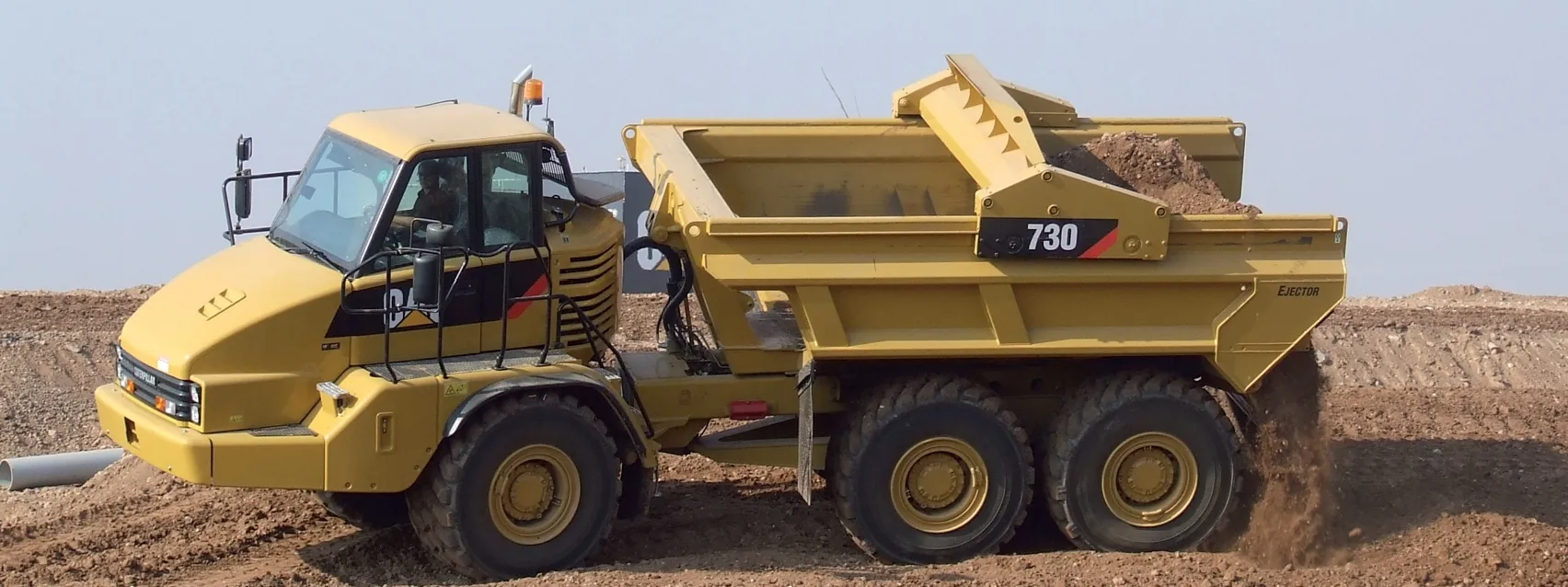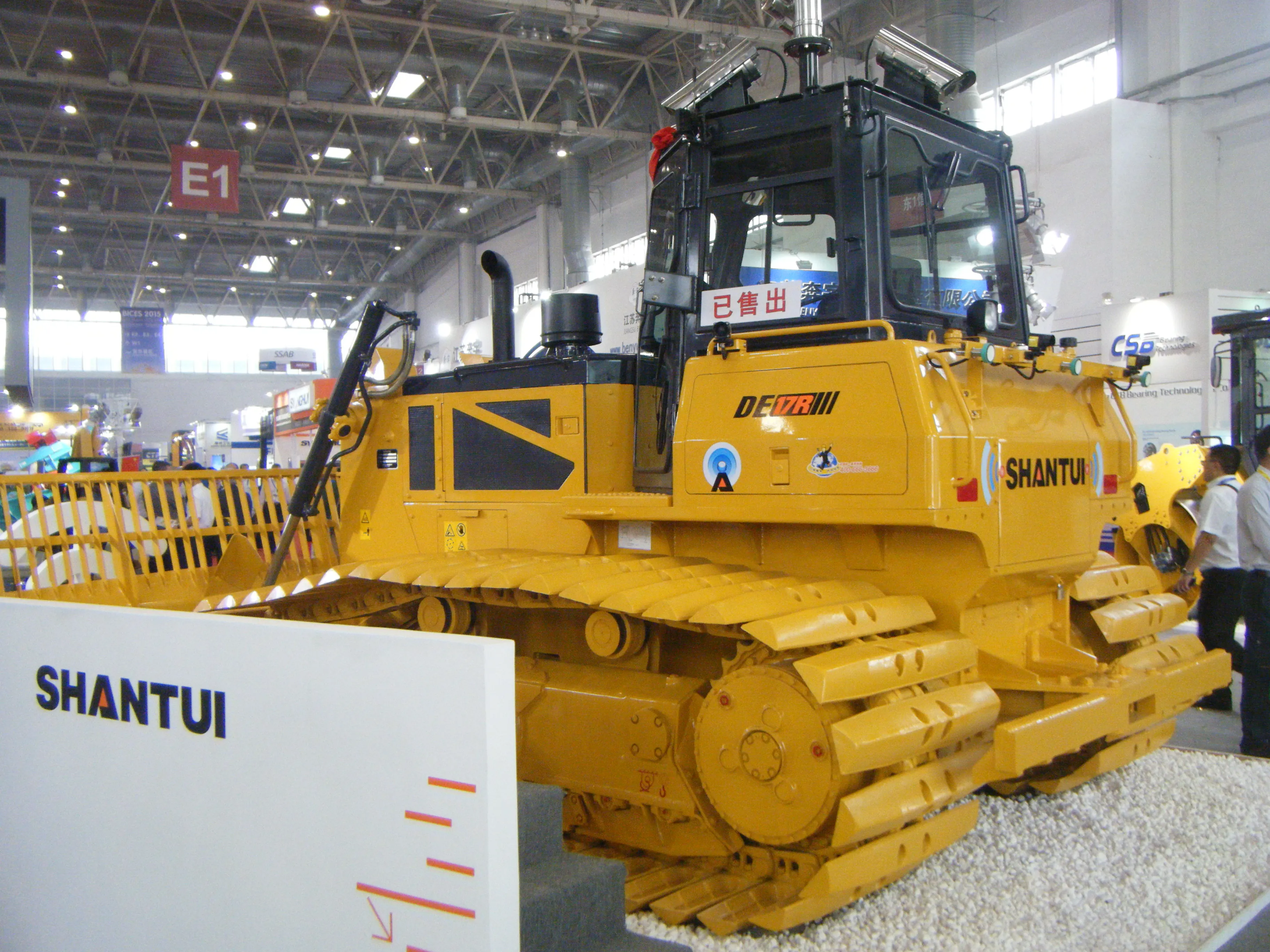A tough machine assembly operation at extreme altitude has been carried out by two cranes from XCMG
The cranes were used to assist in the assembly of a large excavator needed to assist in production at an extraction operation in Tibet. Located at an altitude of no less than 5,400m on the very remote Mila Mountain, the extraction sites was aiming at upgrading its operations and boosting productivity with the addition of a new 100tonne class excavator.
The two cranes, an XCT100 model and a QAY300A machi
February 9, 2017
Read time: 3 mins
A tough machine assembly operation at extreme altitude has been carried out by two cranes from 2490 XCMG
The cranes were used to assist in the assembly of a large excavator needed to assist in production at an extraction operation in Tibet. Located at an altitude of no less than 5,400m on the very remote Mila Mountain, the extraction sites was aiming at upgrading its operations and boosting productivity with the addition of a new 100tonne class excavator.
The two cranes, an XCT100 model and a QAY300A machine, were used to lift the various components of the heavy excavator into position during the assembly of the machine. And the two cranes operated reliably during this work, despite the extreme altitude. Working at such a height above sea level places enormous constraints on both personnel and machines, with a key issue due to the fact that there is just 56% of the oxygen at 5,400m of that at sea level. Low oxygen levels at high altitudes means that personnel have to take great care so as to avoid altitude sickness.
Meanwhile with far lower air pressures, machines have considerably less air for cooling and can easily overheat unless care is taken. The lower oxygen levels meanwhile affect combustion processes in engines, severely reducing power output in many instances unless special turbocharging systems are utilised. Machine users have to run equipment with these factors in mind, reducing load so as to avoid the risk of damage.
Meanwhile just to reach the extraction site, the cranes and the excavator faced a considerable challenge. After the cranes left the XCMG facility in Xuzhou, the machines passed through nine Chinese provinces and across numerous bridges, travelling a distance of over 3,700km in seven days to reach the site, located in Maizhokunggar County on the Tibet Plateau. The mountain roads were not always in optimum conditions, making the journey slow in stretches and placing a heavy responsibility on the drivers, as well as providing challenges to the manoeuvrability of the vehicles around some of the tighter curves.
The long distance route and the high working altitude provided a tough test for the large mobile cranes, making heavy requirements on braking, reliability and work safety. Featuring a quick switch between three-axle drive and four-axle drive, the QAY300A all-terrain crane was able to easily adapt to the difficult working conditions. And despite the low air pressure and temperature in the mountainous terrain, the machines continued to work reliably.
The cranes were used to assist in the assembly of a large excavator needed to assist in production at an extraction operation in Tibet. Located at an altitude of no less than 5,400m on the very remote Mila Mountain, the extraction sites was aiming at upgrading its operations and boosting productivity with the addition of a new 100tonne class excavator.
The two cranes, an XCT100 model and a QAY300A machine, were used to lift the various components of the heavy excavator into position during the assembly of the machine. And the two cranes operated reliably during this work, despite the extreme altitude. Working at such a height above sea level places enormous constraints on both personnel and machines, with a key issue due to the fact that there is just 56% of the oxygen at 5,400m of that at sea level. Low oxygen levels at high altitudes means that personnel have to take great care so as to avoid altitude sickness.
Meanwhile with far lower air pressures, machines have considerably less air for cooling and can easily overheat unless care is taken. The lower oxygen levels meanwhile affect combustion processes in engines, severely reducing power output in many instances unless special turbocharging systems are utilised. Machine users have to run equipment with these factors in mind, reducing load so as to avoid the risk of damage.
Meanwhile just to reach the extraction site, the cranes and the excavator faced a considerable challenge. After the cranes left the XCMG facility in Xuzhou, the machines passed through nine Chinese provinces and across numerous bridges, travelling a distance of over 3,700km in seven days to reach the site, located in Maizhokunggar County on the Tibet Plateau. The mountain roads were not always in optimum conditions, making the journey slow in stretches and placing a heavy responsibility on the drivers, as well as providing challenges to the manoeuvrability of the vehicles around some of the tighter curves.
The long distance route and the high working altitude provided a tough test for the large mobile cranes, making heavy requirements on braking, reliability and work safety. Featuring a quick switch between three-axle drive and four-axle drive, the QAY300A all-terrain crane was able to easily adapt to the difficult working conditions. And despite the low air pressure and temperature in the mountainous terrain, the machines continued to work reliably.









